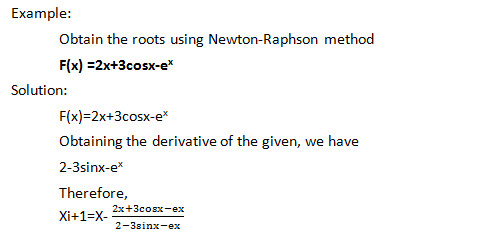

If in the case no root is found to the left or right, the program has an iteration cap of 100. Not surprisingly, the Multivariate Newton-Raphson method is a direct extension of the single variable Newton-Raphson method. RightSolutions = ĭisp(strcat("Zero 1 found to the left of ", num2str(Xoriginal), " with value of ", num2str(leftSolution), " for function ", char(originalF))) ĭisp(strcat("Zero 2 found to the right of ", num2str(Xoriginal), " with value of ", num2str(rightSolution), " for function ", char(originalDF))) ĭisp('-') %%% Build right solutions and left solutions matrix If figureCount < size(Xs,2) %% make a figure for each value of X NumberOfSolutions=size(solutions,2) %% get size of solution set Solutions = %% solutions is equal to itself + next solution (x) Mechanisms: Four Bar Position Analysis Using Newton Raphson in MATLAB (S21 ME401 Class 10) Professor Ted Diehl 443 subscribers Subscribe 686 views 1 year ago UHart ME401 Mechanisms Mechanisms. While ( i 0 & flag = 0) %% Flag controls that we only enter this block when we need to factor out a rootįunF = simplify(funF/(x - currentSolution)) X0 = 0.5 results in: Left solution: -1.000įollowing through with Tyberius's comment about factoring each successive root found out of the original polynomial led to the following code: close all clear * clc įunF = x^3 - (31/10)*x^2 + (1/10)*x + (21/5)
Newton raphson method fourbar code#
I used the following code to check whether it works for your example: % Define function and derivativesĭisp('Quadratic function does not have any real roots') $$f(x) = x^3 - \frac.įrom the two solutions found, one can use the standard Newton-Raphson method: The following is a problem in a Numerical Methods class.


 0 kommentar(er)
0 kommentar(er)
